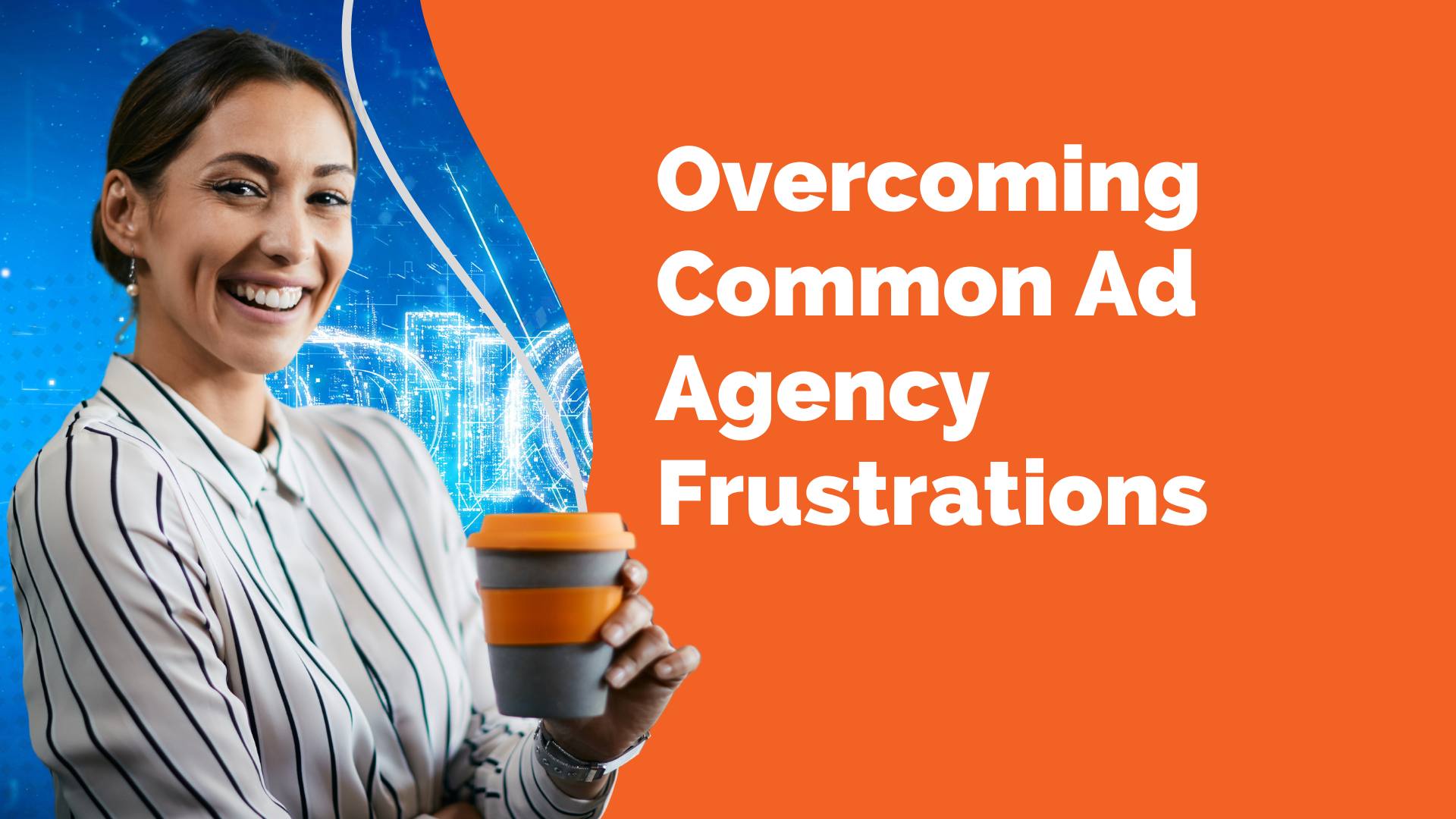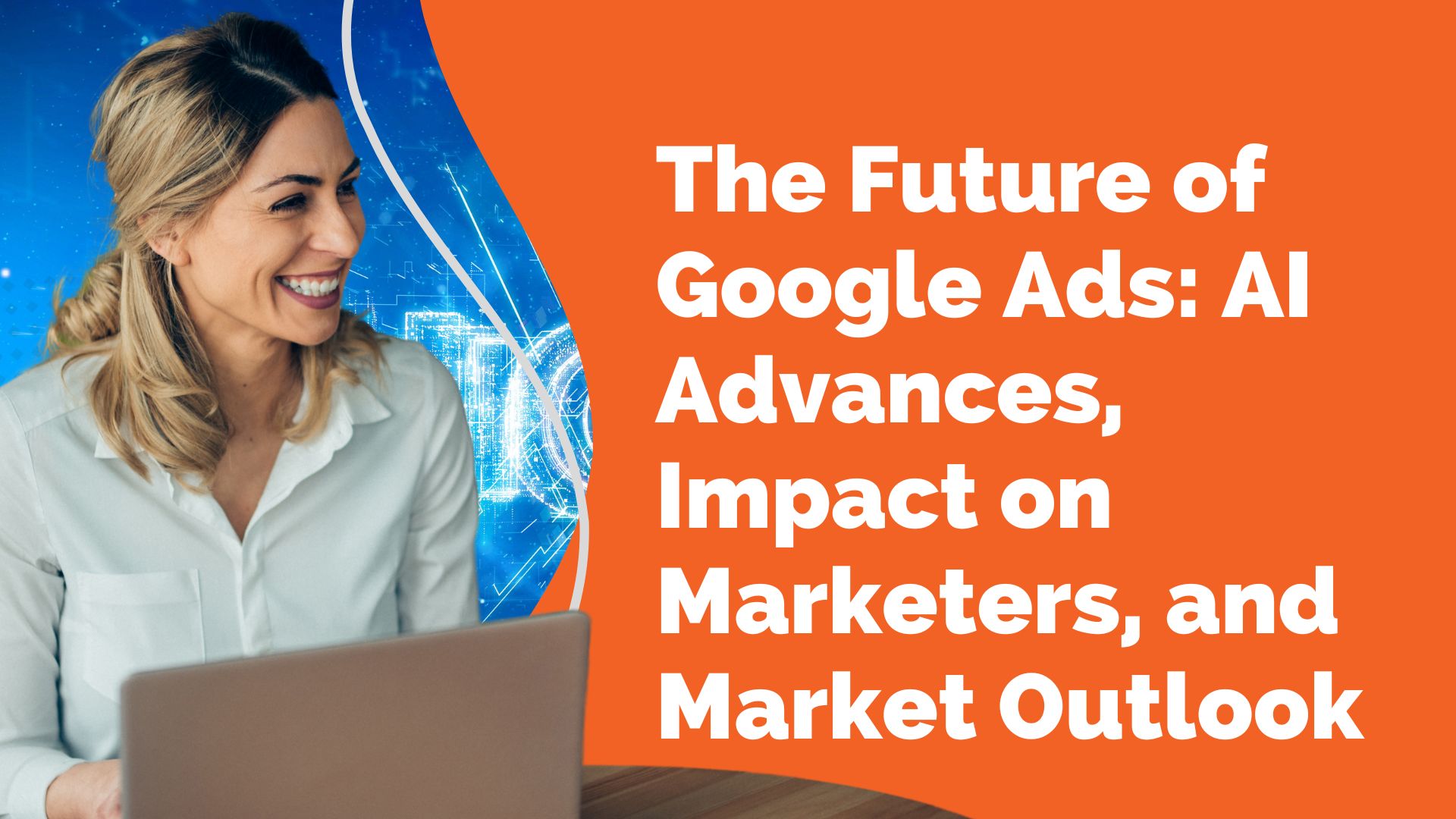Subscription-based businesses are booming, but without a strategic digital marketing plan, even the most innovative services can fall flat. This post dives deep into leveraging Google Ads to not just survive but thrive in the subscription economy.
Digital marketing is the lifeblood of subscription models. Google Ads, in particular, offers unparalleled reach and precision targeting, allowing businesses to acquire new customers at scale. By effectively utilizing Google Ads, subscription services can tap into vast audiences, optimize their marketing spend, and achieve sustainable growth.
Key Performance Indicators (KPIs) for Subscription Businesses
Customer Acquisition Cost (CAC)
CAC measures the total cost of acquiring a new customer, including marketing and sales expenses. Calculating CAC helps in optimizing marketing spend and ensuring that acquisition strategies are cost-effective.
Formula: CAC = Total Marketing and Sales Expenses / Number of New Customers Acquired
To lower CAC:
- Refine targeting strategies.
- Optimize ad creatives and landing pages.
- Leverage data analytics for informed decision-making.
Customer Lifetime Value (CLTV)
CLTV estimates the total revenue a business can expect from a single customer over the duration of their relationship. It’s a critical metric for understanding profitability.
Formula: CLTV = (Average Revenue per User) x (Customer Lifespan)
Strategies to improve CLTV include:
- Upselling and cross-selling complementary products or services.
- Enhancing product value through updates and new features.
- Improving customer support and engagement.
Churn Rate
Churn rate represents the percentage of subscribers who cancel their subscriptions within a given period. High churn can significantly impact growth and profitability.
Formula: Churn Rate = (Number of Churned Customers / Total Customers at Start of Period) x 100
To reduce churn:
- Implement feedback loops to address customer concerns.
- Offer personalized experiences and rewards.
- Continuously improve product quality and features.
Monthly Recurring Revenue (MRR) & Annual Recurring Revenue (ARR)
MRR and ARR measure the predictable revenue a business expects on a monthly or annual basis, respectively.
Formula:
- MRR = Total Monthly Subscription Revenue
- ARR = MRR x 12
These metrics aid in forecasting, budgeting, and assessing the overall health of the business.
Net Revenue Retention (NRR)
NRR calculates the percentage of recurring revenue retained from existing customers, accounting for upgrades, downgrades, and churn.
Formula: NRR = (Starting MRR + Upgrades – Downgrades – Churn) / Starting MRR x 100
Boosting NRR involves:
- Enhancing customer success initiatives.
- Offering value-added services.
- Implementing effective upselling strategies.
Financials of Subscription-Based Business Models
Cost Structure and Margins
Understanding the cost structure is vital for profitability. Key components include:
- Cost of Goods Sold (COGS): Direct costs of delivering the service.
- Marketing Expenses: Costs associated with customer acquisition.
- Customer Support: Expenses for maintaining customer satisfaction.
- Research & Development: Investing in product improvements.
Managing these costs effectively ensures healthy gross and net margins.
Revenue Forecasting and Predictability
Accurate revenue forecasting relies on historical data and KPIs. Google Ads can play a pivotal role in scaling revenue by driving consistent customer acquisition. Forecasting varies by growth stage:
- Startup: Focus on market validation and initial customer acquisition.
- Scale-up: Accelerate growth through increased marketing spend and optimization.
- Maturity: Stabilize growth and focus on retention and profitability.
Unit Economics
Unit economics analyze the revenue and costs associated with a single customer, providing insights into profitability at the most granular level.
Key Metrics:
- Break-even Point: When CLTV equals CAC.
- Payback Period: Time it takes to recoup CAC from customer revenue.
Positive unit economics indicate a scalable and sustainable business model.
Scalability and Profitability
Scaling a subscription business involves challenges like market saturation and increasing CAC. Google Ads can aid sustainable scaling by:
- Enabling precise audience targeting to improve conversion rates.
- Providing data for continuous optimization.
- Supporting international expansion with localized campaigns.
Key financial milestones include reaching profitability and maintaining sustainable growth trajectories.
Leveraging Google Ads for Subscription Businesses
Understanding the CLTV vs. CAC Equation
In subscription businesses, the balance between Customer Lifetime Value (CLTV) and Customer Acquisition Cost (CAC) is crucial. A profitable model typically requires the CLTV to be significantly higher than the CAC, often by a ratio of 3:1 or more. Google Ads can impact both sides of this equation:
- Influencing CLTV: By attracting higher-quality customers who are more likely to stay longer and spend more.
- Affecting CAC: Through optimization strategies that reduce the cost of acquiring each customer.
Understanding and monitoring these metrics within your Google Ads campaigns allows for data-driven decision-making and budget allocation.
Best Practices for Campaign Setup
Effective campaign setup lays the foundation for successful Google Ads performance:
- Define Clear Goals: Set specific, measurable objectives such as increasing sign-ups by 20% in three months.
- Organize Campaigns Strategically: Structure campaigns around product lines, customer segments, or geographic locations for granular control.
- Utilize Keyword Research: Identify high-intent keywords that align with your subscription offerings.
- Implement Negative Keywords: Exclude irrelevant search terms to improve ad relevance and reduce wasted spend.
Advanced Audience Targeting Strategies
Dive deeper into audience targeting to enhance conversion rates:
- In-Market Audiences: Target users actively searching for products or services similar to yours.
- Custom Intent Audiences: Create audiences based on specific keywords and URLs relevant to your niche.
- Life Events Targeting: Reach users during significant life changes when they’re more open to new services.
Regularly analyze audience performance and adjust targeting to focus on the most profitable segments.
Ad Creative Best Practices
Your ad creatives play a significant role in attracting and converting potential customers:
- Compelling Headlines: Use attention-grabbing headlines that address customer pain points.
- Clear Call-to-Action (CTA): Encourage immediate action with clear and concise CTAs like “Start Your Free Trial Today.”
- Highlight USPs: Emphasize unique features or benefits that set your subscription apart from competitors.
- Ad Extensions: Utilize sitelink, callout, and structured snippet extensions to provide additional information and increase ad visibility.
Test different ad variations to identify which messages resonate best with your target audience.
Landing Page Optimization
Driving traffic is only half the battle; converting visitors requires optimized landing pages:
- Consistency: Ensure that the messaging and offers in your ads align with the landing page content.
- Mobile Responsiveness: Optimize for mobile devices to cater to users on all platforms.
- Fast Loading Speeds: Improve page load times to reduce bounce rates and enhance user experience.
- Clear CTAs: Place prominent and persuasive CTAs that guide visitors toward conversion.
Use tools like Google Optimize to run A/B tests on landing page elements and improve conversion rates.
Bidding Strategies and Budget Allocation
Optimizing your bidding strategies is crucial for maximizing ROI and lowering CAC. Google Ads offers a variety of bidding strategies that can be tailored to your specific goals:
Latest Bidding Strategies
- Maximize Conversions: Automatically sets bids to help get the most conversions within your budget. Ideal for campaigns focused on driving sign-ups or free trials.
- Target Cost Per Acquisition (tCPA): Sets bids to help get as many conversions as possible at your target CPA. Useful when you have a specific CPA goal based on your CAC.
- Maximize Conversion Value: Aims to maximize the total conversion value within your budget. Beneficial when focusing on higher-value subscriptions or upsells.
- Target Return on Ad Spend (tROAS): Sets bids to achieve a specific return on ad spend. This strategy is effective when you have sufficient historical data and want to optimize for revenue rather than just conversions.
- Maximize Clicks: Aims to get as many clicks as possible within your budget. While not typically recommended for subscription models focused on conversions, it can be useful for brand awareness campaigns.
Choosing the Right Bidding Strategy
Selecting the appropriate bidding strategy depends on your campaign objectives and available data:
- For New Campaigns with Limited Data: Start with Maximize Conversions to gather initial data and optimize for conversions without setting specific targets.
- When Focusing on CAC: Use Target CPA to maintain control over your acquisition costs. Set your target CPA based on your desired CAC to CLTV ratio.
- Optimizing for Revenue: If you have varying subscription tiers or upsell opportunities, Maximize Conversion Value or Target ROAS can help prioritize higher-value conversions.
- Preference for Manual Control: If you want to adjust bids manually while still leveraging automation, consider Enhanced CPC.
Budget Allocation Best Practices
Effective budget management ensures your ad spend aligns with business goals:
- Allocate Budget Based on Performance: Regularly review campaign performance metrics like conversion rate, CPA, and CLTV. Increase budget for high-performing campaigns and pause or optimize underperforming ones.
- Use Shared Budgets: Consider using shared budgets across similar campaigns to automatically allocate spend where it’s most needed.
- Set Daily Budgets Strategically: Ensure your daily budgets are sufficient to capture available demand without exceeding your overall marketing budget.
- Monitor Budget Pacing: Use budget pacing reports to ensure you’re on track to spend your allocated budget throughout the month, avoiding overspending or underspending.
Bid Adjustments
Fine-tune your bidding strategy by applying bid adjustments based on specific factors:
- Device Bid Adjustments: If you notice higher conversion rates or CLTV from users on certain devices (e.g., mobile vs. desktop), adjust bids accordingly.
- Location Bid Adjustments: Increase bids in regions where you see better performance or higher customer value.
- Ad Schedule Bid Adjustments: Analyze performance by time of day and day of the week to allocate spend when conversions are most likely to occur.
- Audience Bid Adjustments: Adjust bids for specific audience segments, such as retargeting lists or in-market audiences, based on their propensity to convert.
Utilizing Portfolio Bid Strategies
Google Ads allows you to apply bid strategies across multiple campaigns through portfolio bid strategies:
- Consistency Across Campaigns: Apply a single bid strategy to multiple campaigns or ad groups to optimize towards a shared goal.
- Flexible Targeting: Set different target CPAs or ROAS for different portfolios based on product lines or customer segments.
Monitoring and Optimization
Regular monitoring is essential to ensure your bidding strategies are effective:
- Performance Reviews: Schedule weekly or bi-weekly reviews to assess key metrics like CPC, CPA, conversion rate, and CLTV.
- Adjust Targets as Needed: If you’re consistently exceeding or not meeting your targets, adjust your target CPA or ROAS to reflect realistic goals.
- Leverage Bid Simulator Tools: Use Google’s bid simulator to understand how changes to your bids might affect campaign performance.
Smart Bidding with Machine Learning
Google’s Smart Bidding leverages machine learning to optimize bids in real-time for each auction:
- Contextual Signals: Smart Bidding considers a wide range of signals, such as device, location, time, language, and more.
- Continuous Learning: The algorithms improve over time as they gather more data about how different variables affect performance.
- Conversion Value Rules: Apply rules to adjust conversion values based on factors like audience or location, giving more weight to valuable conversions.
To make the most of Smart Bidding:
- Ensure conversion tracking is accurately set up and includes all relevant conversion actions.
- Allow sufficient time for the learning period when implementing a new bid strategy.
- Provide stable budgets and avoid frequent changes that could disrupt the learning process.
Integrating Google Ads with Overall Business Strategy
Aligning Google Ads campaigns with your business objectives ensures cohesive growth. Use insights from ad performance to refine product offerings and enhance customer experiences. By focusing on both CLTV and CAC within your Google Ads strategy, you create a sustainable model that supports long-term profitability.
Key Takeaways
- Understand and monitor critical KPIs like CAC, CLTV, and churn rate.
- Manage financials meticulously to ensure scalability and profitability.
- Leverage Google Ads strategically to accelerate growth and outperform competitors.
- Continuously optimize campaigns focusing on both CLTV and CAC for sustainable success.







